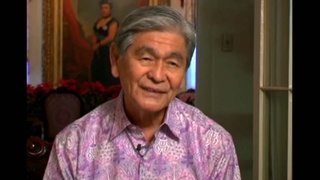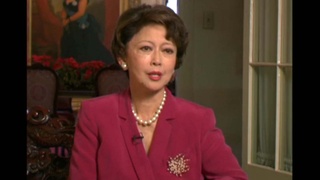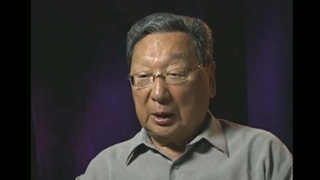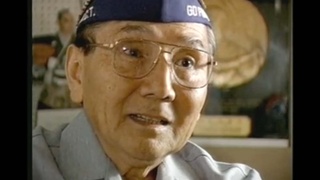Interviews
The day Pearl Harbor was bombed
When I drove to the main street, Pacific Avenue, I never saw this before, but here were soldiers and sailors and they were all trying to hitch a ride to their…well, to their wherever they were billeted. I mean, San Pedro had the Navy and it also had Fort McArthur. But, I thought, “Gee, I’d never seen anything like that.” You know, all the servicemen were hitchhiking. And, I happened to see a classmate of mine—he was from…he’s a Basque, sort of like, Spain—and, he was hitchhiking, too, so I yelled him to come over and I said,
--“What’s happening?” And, he got in the car and I said, “Where should I take you?”
--And then he told me that, “You didn’t hear the news reports and the radio?”
--I said, “No. What’s happening?”
--And he said, “Japan is bombing Pearl Harbor in Hawaii, and so, we’re all on alert.”
And so then, he told me drive him to Fort McArthur, which I did. I was just baffled, I couldn’t believe it—that Japan had attacked Hawaii, or Pearl Harbor.
And then I went to the church, and for the first time I felt strange. All the time before I felt like any other white American, I thought I was just an American. But, when I went to the church, I could just feel the difference, that they were looking at me, not as another American as they have all this time, even my students looked sort of, I don’t know, that they didn’t know what to do and they didn’t know how to act towards me ‘cause I’m Japanese. And since…well, the whole church seemed…well, they didn’t know what to do. And so, they cut the Sunday school time very short. And, what I used to always do is have all the Sunday school kids pile into the car and I would take each one home. And so, even when they all piled in the car it was different, I mean, I guess ‘cause they were all aware that an American territory was being bombed.
Date: June 16, 2003
Location: California, US
Interviewer: Karen Ishizuka, Akira Boch
Contributed by: Watase Media Arts Center, Japanese American National Museum.











